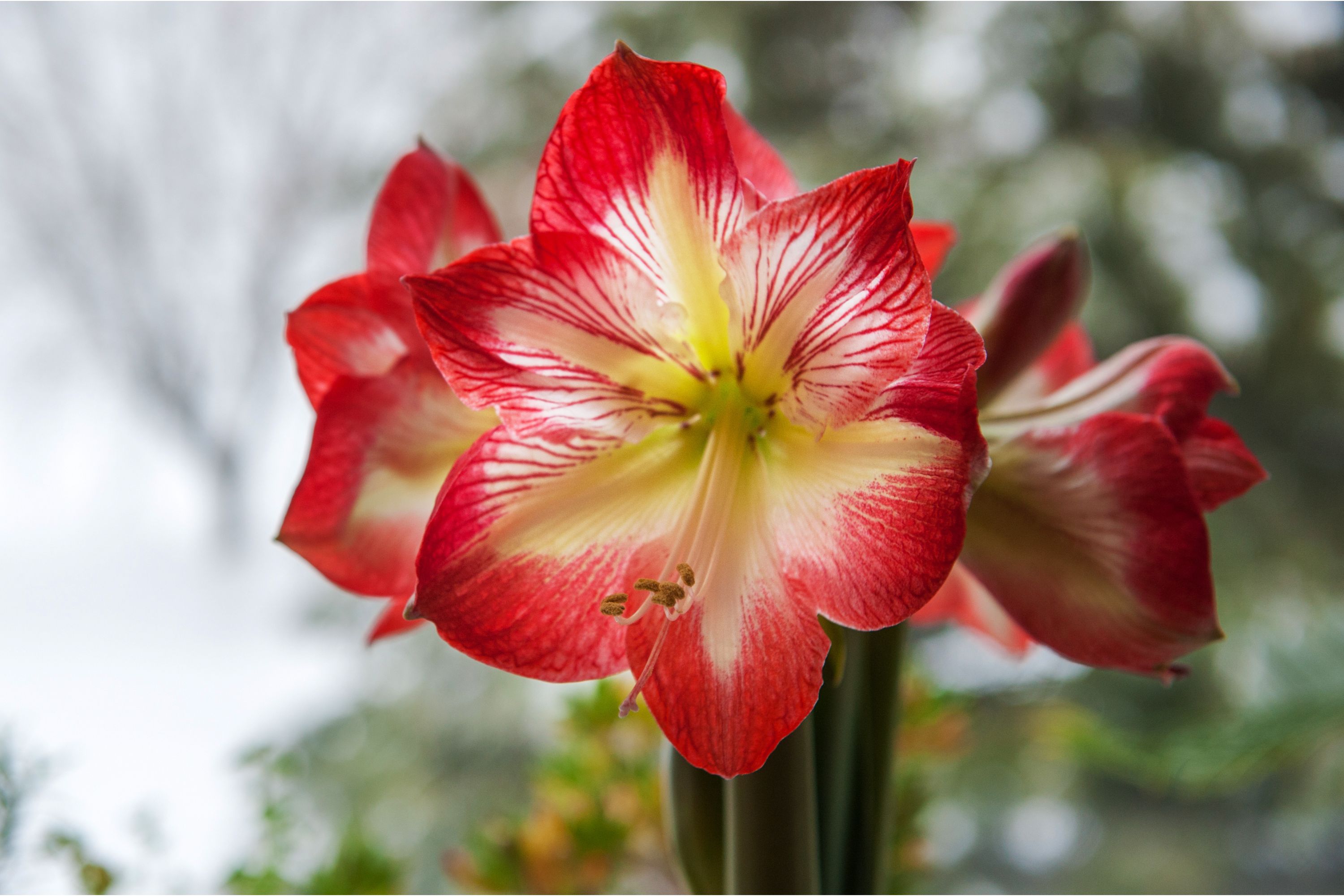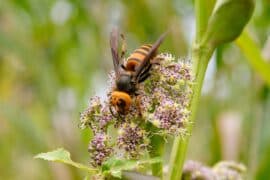Amaryllis
(Hippeastrum hybridum)

Description
Hippeastrum hybridum, commonly known as amaryllis, is a beautiful and popular flowering plant. It belongs to the family Amaryllidaceae and is native to the tropical and subtropical regions of South America. It is a bulbous plant that produces large, showy flowers in a variety of colors and patterns, making it a popular choice for home gardens, indoor pots, and cut flower arrangements. In this article, we will delve into the taxonomy, physical description, habitat, cultivation, propagation, and care of Hippeastrum hybridum. Taxonomy and Nomenclature The genus Hippeastrum was first described by the Swedish botanist Carl Linnaeus in 1753. The name Hippeastrum is derived from the Greek words hippeus, meaning "knight" or "horseman," and astron, meaning "star." The name refers to the star-shaped flowers and the stamens that resemble knight's swords. Hippeastrum hybridum is a hybrid species of Hippeastrum, which means it is a cross between two or more different species. It is a complex hybrid resulting from the hybridization of several species, including Hippeastrum vittatum, Hippeastrum reginae, and Hippeastrum aulicum. Physical Description Hippeastrum hybridum is a bulbous perennial that grows up to 50 cm (20 inches) tall. The plant has long, strap-like leaves that are 30-90 cm (12-36 inches) long and 2-5 cm (0.8-2 inches) wide. The leaves are green and usually emerge after the flowers have bloomed. The bulb is round and measures 7-12 cm (2.8-4.7 inches) in diameter. The flowers of Hippeastrum hybridum are large and showy, measuring up to 20 cm (8 inches) in diameter. They are borne on a tall, leafless stem that rises above the foliage. The flowers are trumpet-shaped with six petals that are arranged in two layers. The outer layer consists of three large petals that are often referred to as "standards," while the inner layer consists of three smaller petals that are called "falls." The flowers come in a wide range of colors, including red, pink, white, orange, yellow, and bicolors. Some varieties also have stripes, spots, or other patterns on their petals. Habitat and Distribution Hippeastrum hybridum is native to the tropical and subtropical regions of South America, where it grows in the wild in open grasslands and woodlands. The plant prefers a warm, humid climate and is commonly found in Brazil, Argentina, Uruguay, and Peru. Cultivation and Propagation Hippeastrum hybridum is a popular plant for home gardens and indoor pots. It is easy to grow and can be propagated through bulb division or seed. Planting and Soil Requirements Hippeastrum hybridum bulbs should be planted in well-drained soil with a pH of 6.0 to 7.0. The soil should be rich in organic matter, and the planting location should receive at least 6 hours of direct sunlight per day. Plant the bulbs with the neck just above the soil surface, and water them thoroughly after planting. Watering and Fertilizing Hippeastrum hybridum prefers regular watering during the growing season, but the soil should be allowed to dry out between watering to prevent bulb rot. Watering should be reduced during the dormant season. The plant should be fertilized every 2-3 weeks during the growing season with a balanced fertilizer. Propagation Hippeastrum hybridum can be propagated through bulb division.
Taxonomic tree:







